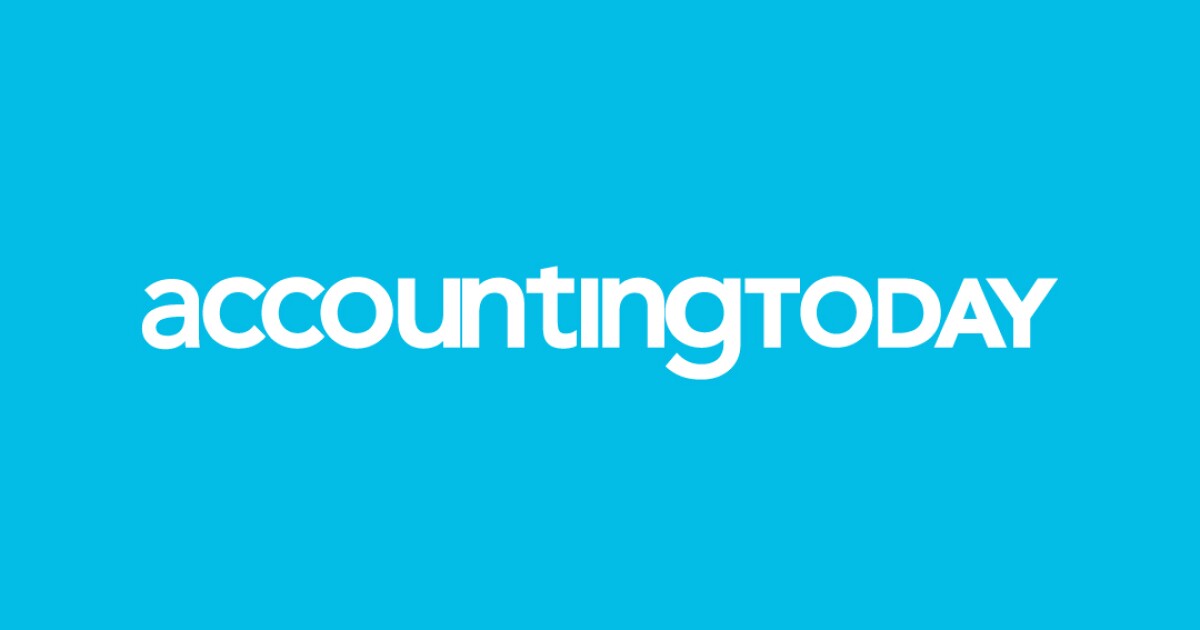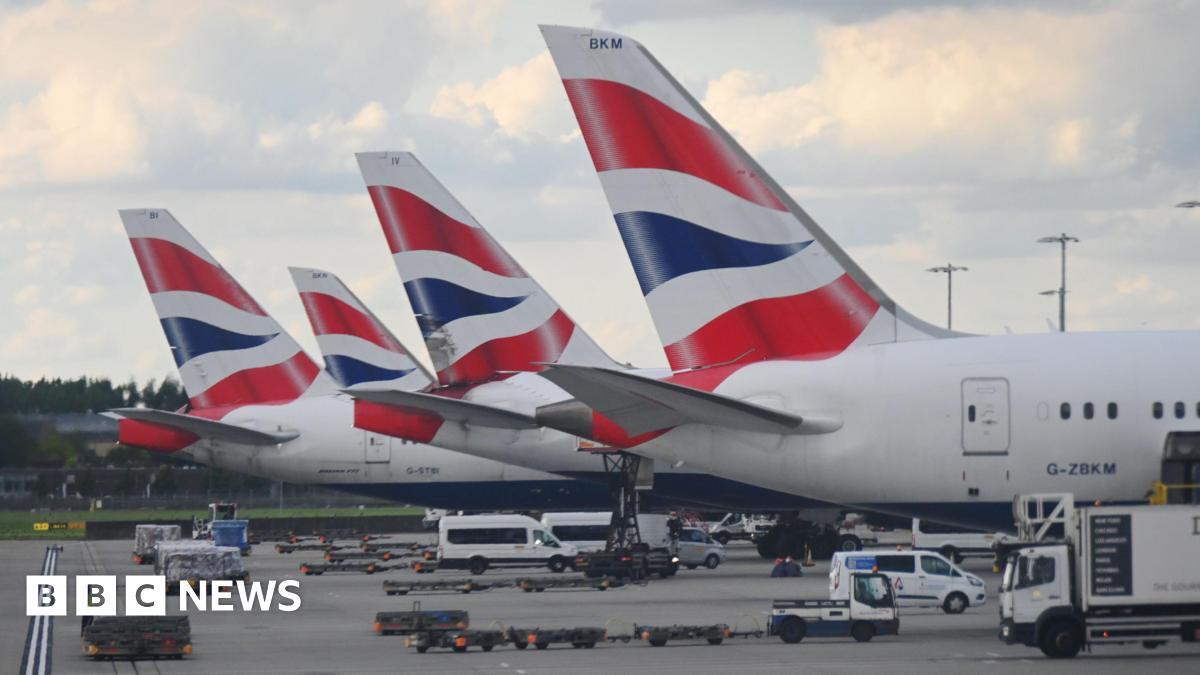With inflation finally nearing the Fed’s long-term target of 2% in recent months, the Internal Revenue Service has backed away from its recent aggressive approach to employee contribution limits for most employer-backed benefits programs.
For 2025, HR leaders will see modest increases across most contribution limits that should allow employees to save more money for retirement—via 401(k)s—and medical costs—using HSA and FSA accounts. The FSA and HSA account increases can help workers offset higher healthcare premiums and other expenses as employer healthcare costs are expected to skyrocket in the coming year.
Contribution limits for 401(k)s will increase to $23,500 next year, according to figures released earlier this month. That’s a jump for most employees of 2.2%, just as in 2024. Catch-up contribution limits for employees 50 or older will remain unchanged for the third consecutive year at $7,500.
Employees and their families on high-deductible healthcare plans (HDHP) will get a break from at least two years of hefty increases, with the minimum deductible and maximum out-of-pocket expenses rising by less than half of the 2024 percentage increase, according to IRS figures. Contribution limits on HDHP-related health savings accounts also will go up next year, increasing by about half the level they jumped in 2024.
Here are other changes HR leaders will see to contribution limits and out-of-pocket expenses for their employees.
Catch-up limit, 50-year-olds+ |
Source: IRS/WEX/HR Executive research
$23,500: 401(k) pre-tax contribution limits
Employee contribution limits for 401(k), 403(b), most 457 plans and the federal employees’ Thrift Savings Plan are inching up another 2.2% to $23,500 in 2025, according to the IRS. That percentage increase is similar to the jump in 2024.
$7,500: 401(k) catch-up contribution limit
In addition, employees age 50 and older can contribute up to another $7,500 toward their 401(k), 403(b), most 457 plans and the federal government’s Thrift Savings Plan in 2025. This brings the total contribution limit to $31,000 for employees 50 and up.
However, employees aged 60 to 63 can make significantly higher catch-up contributions under the SECURE 2.0 Act of 2022. Those in this limited age range can contribute up to $11,250 to their 401(k)s, bringing their total contribution limit to $34,750.
What are the 2025 FSA limits?
Source: IRS/WEX/HR Executive research
$3,300: FSA contribution limit
In 2025, the contribution limit for flexible spending accounts will rise 3.1% to $3,300, compared to the 4.9% increase in 2024 over the previous year.
$660 FSA carryover amount limit
FSA plans that allow a portion of the funds to be carried over into the New Year will permit $660 to be transferred into 2026 for the 2025 tax year. That is up from the $640 FSA carryover allowed for 2025, or the 2024 tax year.
What are the 2025 HSA limit changes?
Self-only contribution limit | ||
Family contribution limit | ||
HSA catch-up contributions |
Source: IRS/WEX/HR Executive research
$4,300: Annual HSA contribution limit for individuals
Health savings account contribution limits for individuals with self-only coverage will climb 3.6% in 2025—roughly half the 7.8% increase in 2024. HSA participants, who must be enrolled in high-deductible healthcare plans, will be able to contribute $4,300 to their HSA account, according to the IRS.
$8,550: HSA contribution limit for family coverage
The contribution limit for HSA family coverage is similar, rising by 3% to $8,550 in 2025. This limit increased by 7.1% in 2024.
$1,000: HSA catch-up contributions
Employees 55 and older can contribute an additional $1,000 to their health savings accounts in 2025, which hasn’t changed in at least four years.
What are the 2025 HDHP amounts/limits?
HDHP (self-only coverage) | ||
Source: IRS/WEX/HR Executive research
$1,650: HDHP minimum deductible for individuals
The minimum deductible for an HDHP plan for individuals will be $1,650 in 2025, a 3.1% increase over 2024. That increase is substantially less than the 6.7% bump in 2024.
$8,300: HDHP maximum out-of-pocket for individuals
Employees will also benefit from a smaller jump in the maximum out-of-pocket costs for individuals, which will grow only 3.1% in 2025. In 2024, this group faced a maximum out-of-pocket cost increase of 7.3% compared with the previous year.
$3,300: HDHP minimum deductible for families
An HDHP family plan minimum deductible in 2025 will rise by 3.1% to $3,300. This increase is less than half of the 6.7% increase in 2024.
$16,600: HDHP maximum out-of-pocket for families
The maximum out-of-pocket expenses for a family health plan are $16,600 in 2025, which is 3.1% higher than in 2024. That increase is far less than the 7.3% jump in 2024.
Credit: Source link











